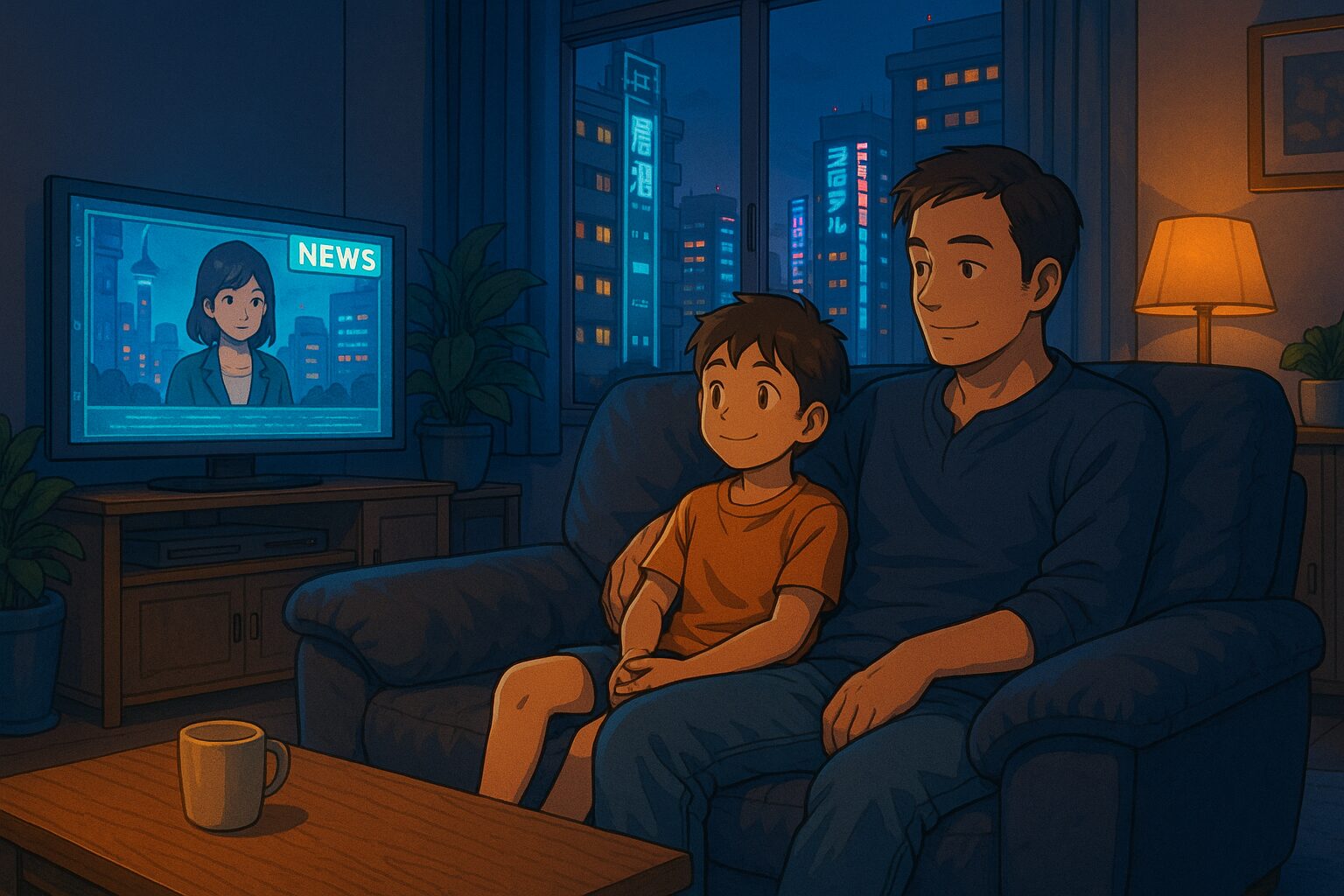What if the Imagination of the 19th Century Shapes Today’s Space Exploration?
In the 19th century, Parisian astronomer Camille Flammarion depicted the world of Mars using science and fiction. What impact did his vision at that time have on modern space exploration and Mars colonization plans? If this trend continues, what will our future look like?
Today’s News: What’s Happening?
Source:
https://www.space.com/astronomy/mars/early-visions-of-mars-meet-the-19th-century-astronomer-who-used-science-fiction-to-imagine-the-red-planet
Summary:
- 19th-century Parisian astronomer Camille Flammarion imagined the world of Mars through science fiction.
- Flammarion provided various ideas and images about Mars, spreading his vision to many people.
- His vision has inspired modern scientists and influenced the evolution of Mars exploration.
Changes in the Underlying Era
1. Adult Perspective
The 19th century was a time of rapid technological evolution, drawing public interest in astronomy. Particularly, advancements in Mars observation techniques provided more concrete images of the planet, creating a foundation for astronomers like Flammarion to narrate the universe to the general public through fiction. This backdrop includes the dissemination of science and advancements in education.
2. Child Perspective
Children today can access more realistic information about Mars compared to Flammarion’s time. Watching videos of NASA’s Mars rovers or touching models of Mars at science museums has made space feel much closer. Science fiction has become an essential element that fosters imagination in everyday play and learning.
3. Parent Perspective
As parents, understanding that science and fiction are excellent tools to spark children’s learning and interests is essential, and active utilization of these tools is required. With the advancement of science and technology, it is important to present children with diverse future options and support them in widening their possibilities. By changing our own actions and thinking, we can help build a richer future.
What If This Continues: What Will the Future Look Like?
Hypothesis 1 (Neutral): A Future Where Mars Travel Becomes Normal
Travel to Mars may become accessible to the general public. Travel agencies could offer Mars tours, and space travel might solidify as a once-in-a-lifetime event. People’s values may shift as “extraterrestrial experiences” become commonplace, and Mars may gain attention as a new tourist destination.
Hypothesis 2 (Optimistic): A Future Where Science Fiction Develops Significantly
Fiction set on Mars and other planets is likely to evolve further, developing into a major genre of entertainment. Utilizing new technologies, experiences might become more realistic virtual realities, and science fiction may be used as part of education. This could promote creativity in educational settings and expand interest in science.
Hypothesis 3 (Pessimistic): A Future Where Interest in Earth Diminishes
While interest in space may rise, there is concern that engagement with Earth’s environmental issues could decrease. Space exploration as a new frontier may be prioritized, potentially sidelining efforts to preserve Earth. This could lead to a diminished sense of responsibility for the future of our planet, necessitating measures to ensure progress towards a sustainable society.
Questions to Discuss at Home (Tips for Parent-Child Dialogue)
- Example Question: If you lived on Mars, what kind of house would you build?
Goal: Imagination; future housing design - Example Question: What rules would help you feel safe living on Mars?
Goal: Decision-making; rule-making - Example Question: How would you explain Mars to friends who don’t know much about it?
Goal: Collaborative learning; communication
Conclusion: Preparing for the Future in Ten Years to Make Choices Today
What future do you envision? In a world where Mars becomes closer, how will we live and engage with Earth? Please share your thoughts on social media and let’s consider our future choices together.


